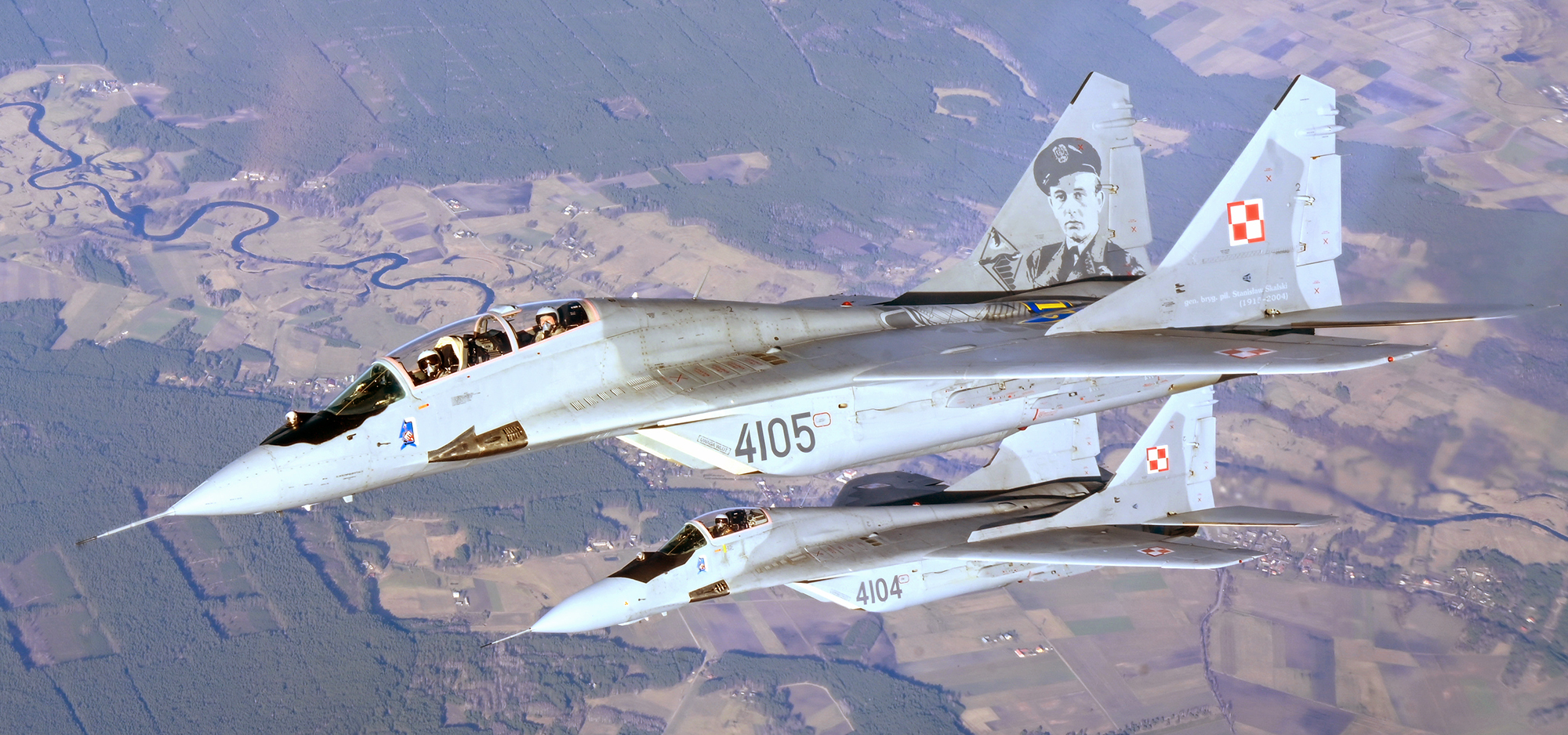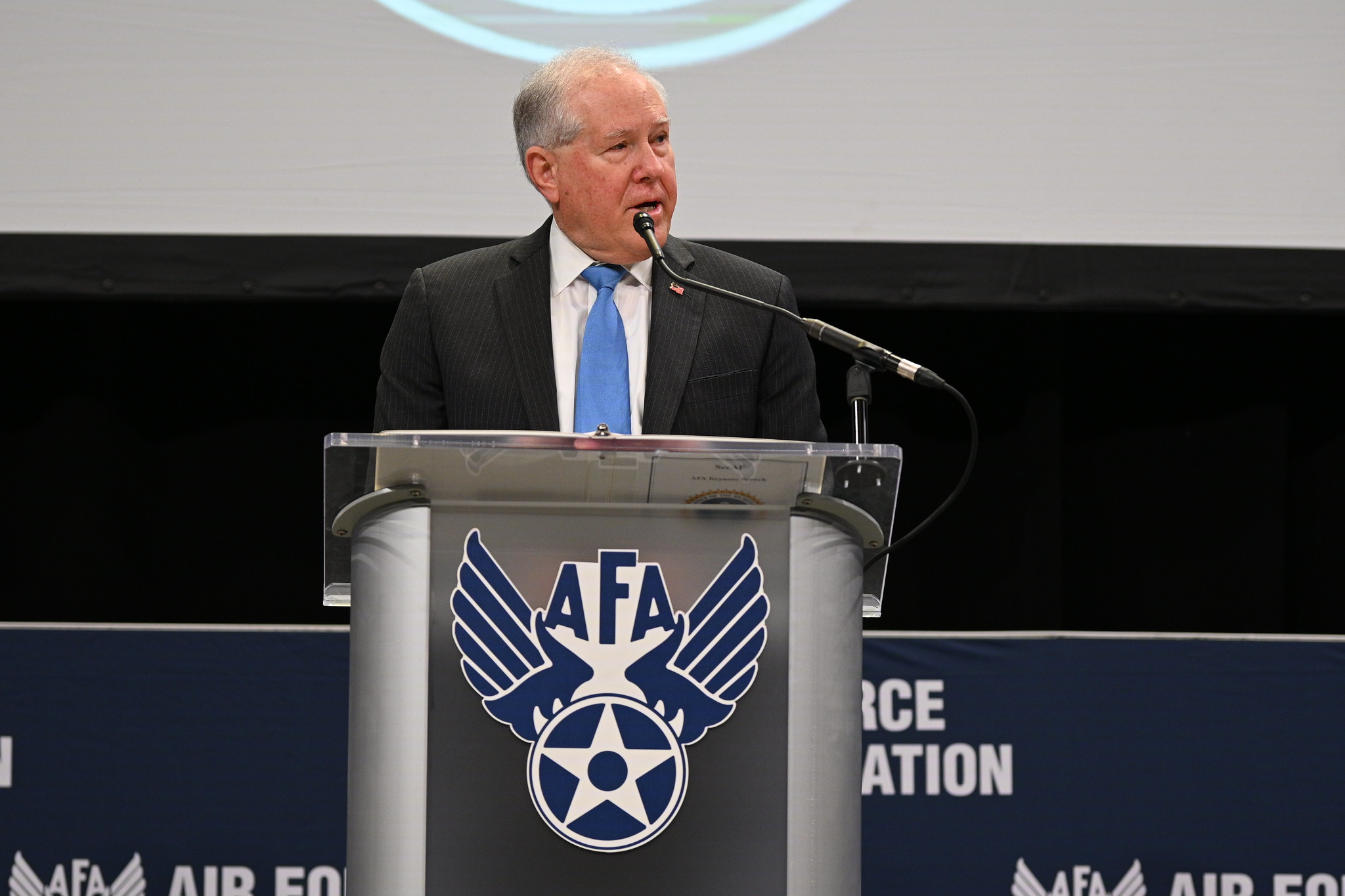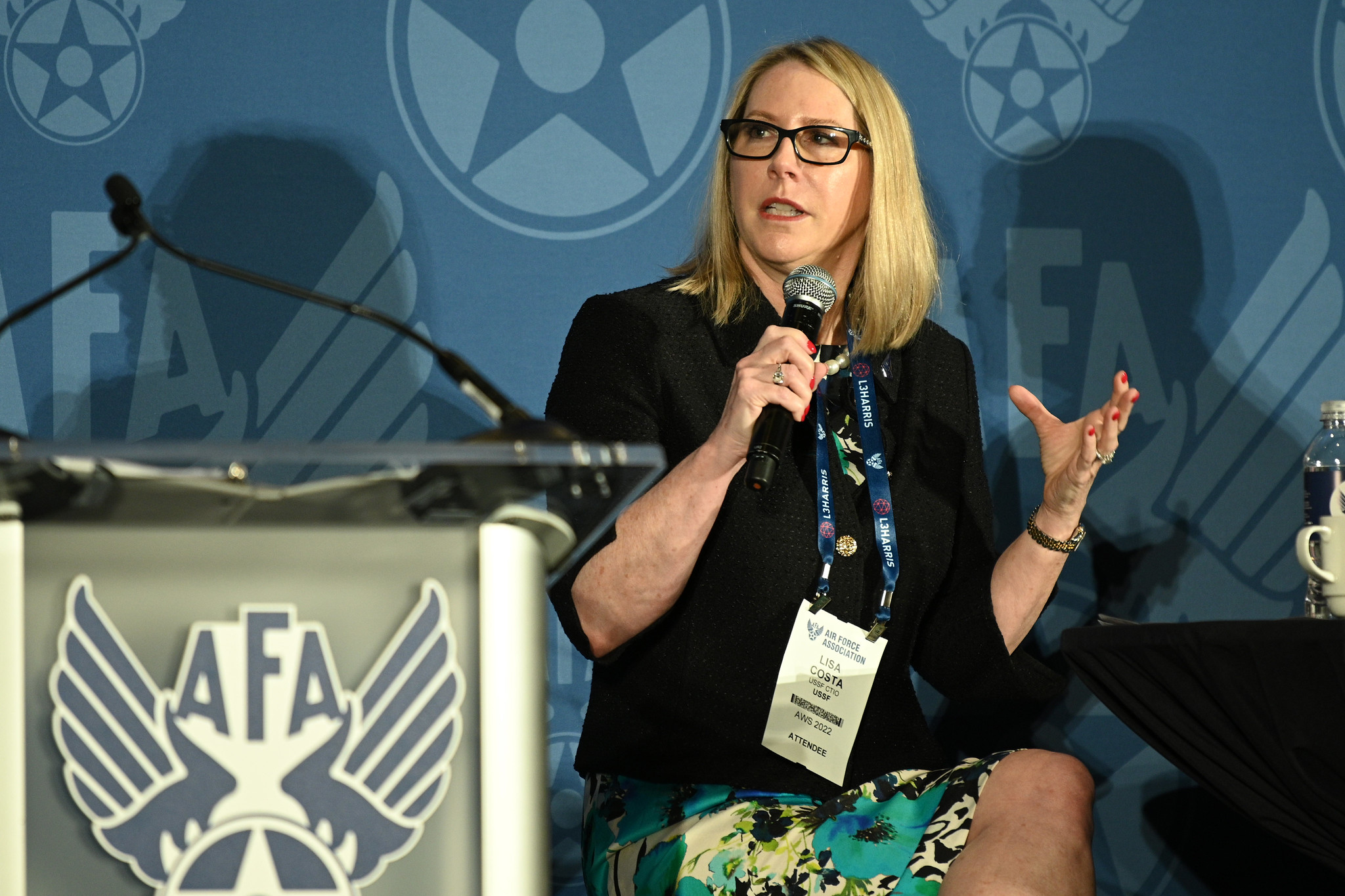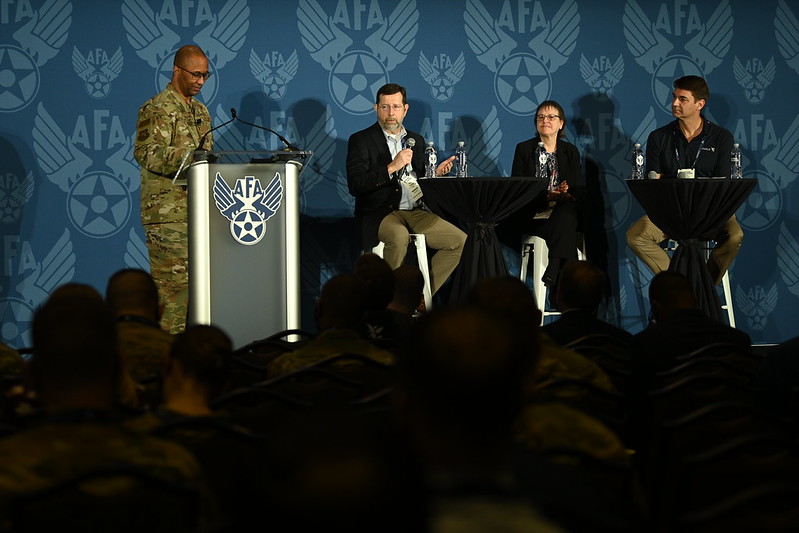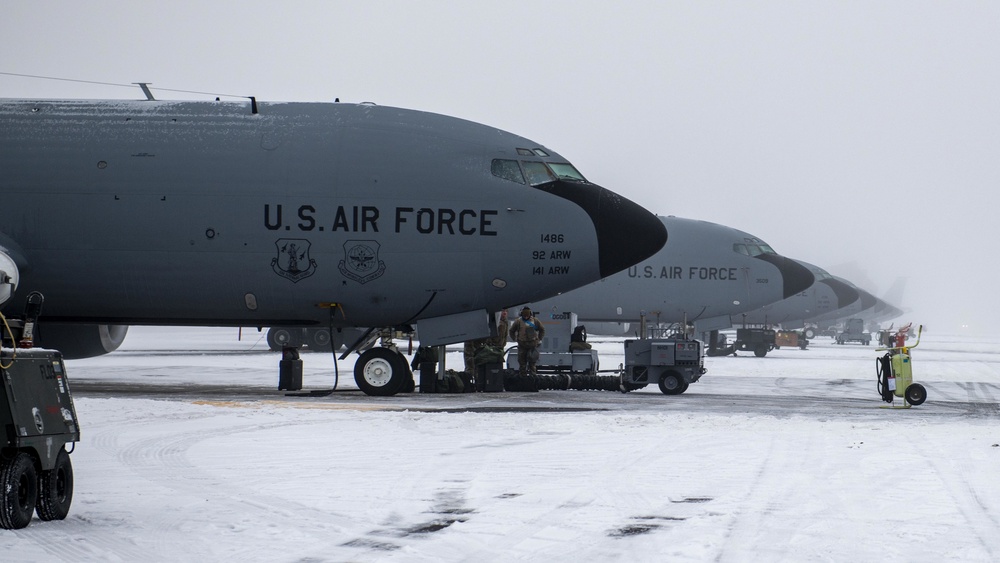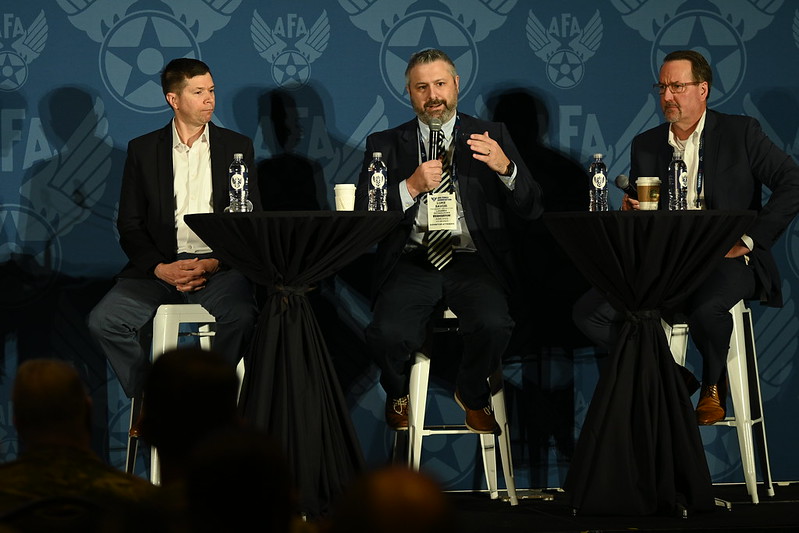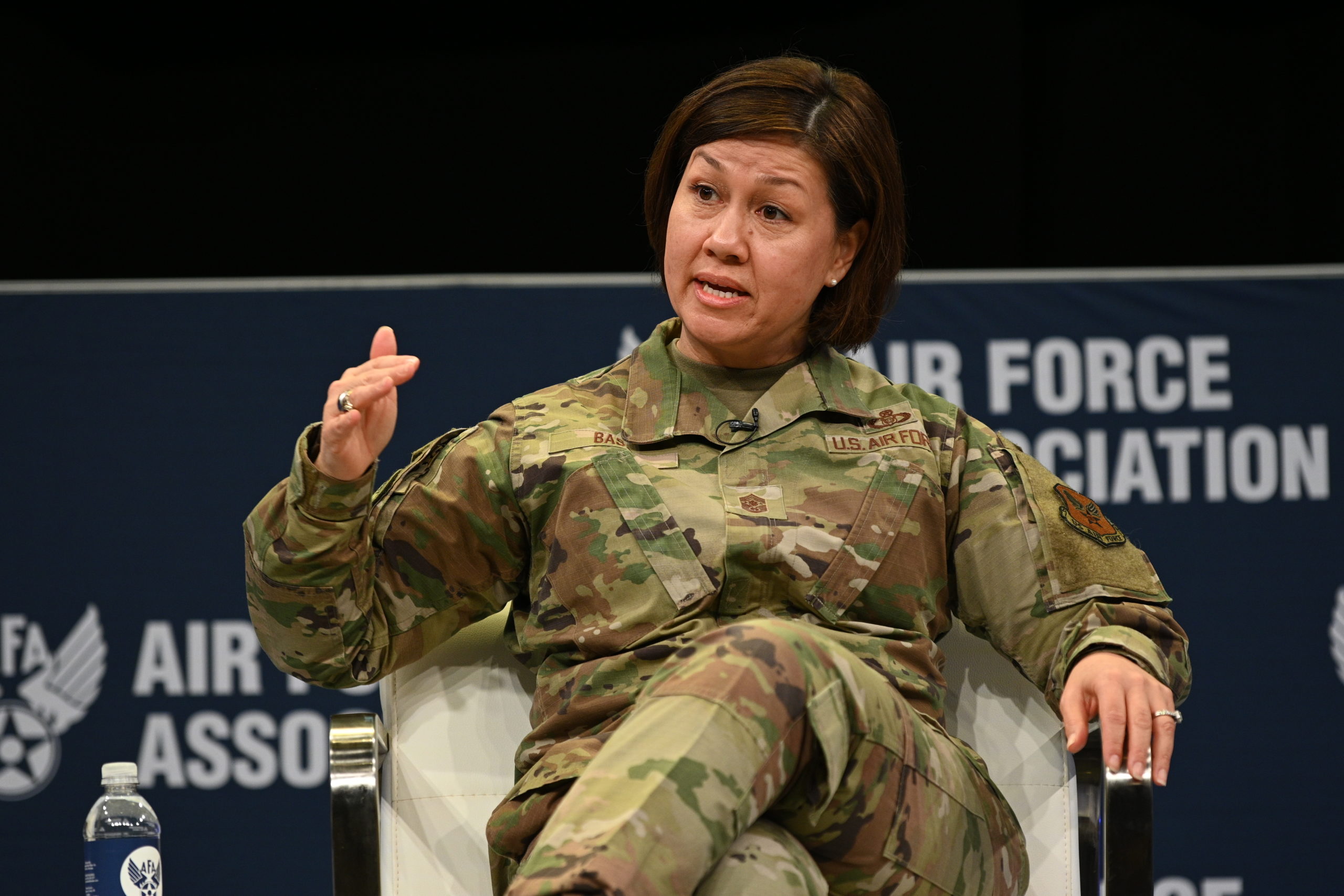Poland has volunteered to give its 23 MiG-29s to the U.S. immediately, presumably for transfer to Ukraine, in exchange for an opportunity to buy used American aircraft, the Polish minister of foreign affairs said March 8. But the Department of Defense said it doesn’t see good reason to do the deal, and doesn’t consider it “tenable.”
“The authorities of the Republic of Poland,” after consultations between the government and President Andrzej Duda, “are ready to deploy—immediately and free of charge—all their MiG-29 jets to the Ramstein Air Base and place them at the disposal of the Government of the United States of America,” according to a statement posted on the Polish government’s official website.
“At the same time, Poland requests the United States to provide us with used aircraft with corresponding operational capabilities. Poland is ready to immediately establish the conditions of purchase of the planes.”
The Polish government also urged other NATO allies that operate MiG-29s “to act in the same vein.”
The move is not technically a reversal from Poland’s position the day before, when Duda’s office tweeted that Poland “won’t send its fighter jets to Ukraine” or allow that country to use its airfields. The new March 8 message did not specify that the jets would go to Ukraine, but to the U.S. That cautious phrasing may have been meant to avoid provoking Russian President Vladimir Putin to move militarily against Poland, which has so far absorbed nearly a million Ukrainian refugees from Putin’s invasion.
But Pentagon Press Secretary John F. Kirby said the way Poland presented the offer “shows just some of the complexities this issue presents.”
The prospect of fighter jets “at the disposal of the U.S. government” operating from a U.S./NATO air base in Germany, flying into airspace contested by Russia over Ukraine, “raises serious concerns for the entire NATO alliance,” Kirby said.
“It is simply not clear to us that there is a substantive rationale for it,” he added, saying the U.S. will continue to consult with Poland and other NATO allies “about this issue, and the difficult logistical challenges it presents, but we do not believe Poland’s proposal is a tenable one.”
Kirby added, “the decision about whether to transfer Polish-owned planes to Ukraine is ultimately one for the Polish government.”
Neither the Air Force nor the State Department would comment.
In recent days, there has been speculation that European countries that operate Russian-made combat aircraft would transfer them to Ukraine in exchange for American types. Secretary of State Antony Blinken said over the weekend that Poland has a “green light” from the U.S. to take such action, and a number of members of Congress have pledged that they would provide funds to make such a transfer happen.
The only U.S. fighter that Poland employs that could easily be absorbed into its air force is the F-16. Since Poland seemed to rule out new-purchase aircraft—which could take several years to be delivered—the jets would either have to come from USAF Active, Guard, or Reserve units, from storage at the Davis-Monthan Air Force Base, Ariz., “Boneyard,” or from a third party willing to sell its used F-16s back to the U.S.
The USAF Total Force operates 936 F-16C/D aircraft, and their average age is just under 31 years. The Air National Guard alone operates 288 F-16C and 45 F-16D aircraft.
A Davis-Monthan spokesperson could not immediately say how many F-16s parked at the facility are in “recallable” condition, meaning that they have not been harvested for parts and could be regenerated.
Poland did not specify how many jets it wants in return for its 23 MiG-29s. Commercially-available, used MiG-29s have recently fetched between $5 million and $8 million, depending on their age and condition. Israel recently sold 29 of its early-model F-16s to adversary air company Top Aces, but the price of the jets was not disclosed.
According to Polish government accounts, that country’s MiG-29s are flyable but need a lot of maintenance, the engines being particularly unreliable. Poland’s statement did not mention spare engines nor whether any compatible ordnance for the jets would be provided.
The U.S. is known to operate an undisclosed number of MiG-29s that it flies to familiarize fighter pilots with the capabilities of the jet. It bought 21 MiG-29s from Moldova in 1997 for a reported $40 million in cash, other assistance, and non-lethal military equipment, such as trucks. Some of those aircraft have been dismantled for analysis; others are in threat “petting zoos”; and some number are flown for dissimilar air combat training, along with other Russian-made fighters.
Editor’s Note: This story was updated at 7 p.m. on March 8 with additional information from the Defense Department.
